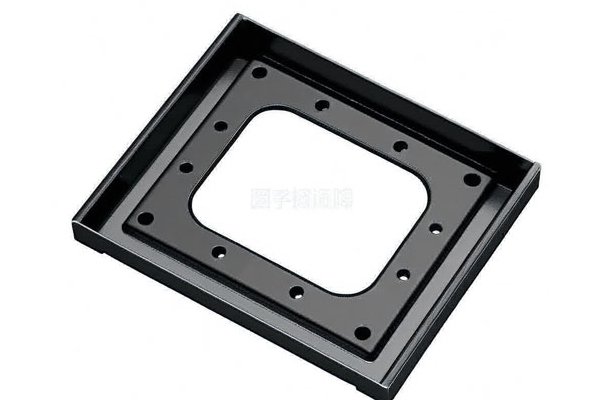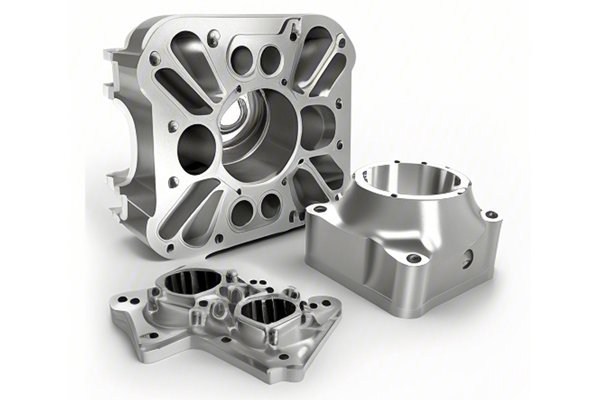Imagine walking through a workshop where the hum of machines fills the air, and the scent of brass shavings wafts around you. The skilled hands of machinists glide over CNC machines, performing intricate dance moves as they transform raw materials into precise components. This captivating world embodies the essence of CNC brass machining—an art that merges creativity, technology, and precision engineering. If you’re curious about what it takes to master this craft, you’ve clicked on the right article.
Let’s plunge into the fascinating world of CNC brass machining. Together, we will explore its techniques, applications, and best practices. By the end, you’ll not only be equipped with knowledge but also inspired to appreciate the beauty and complexity of this craft. Buckle up!
What is CNC Brass Machining?
First things first. You might be asking yourself, “What’s CNC brass machining?” Well, at its core, it refers to the process of manipulating brass materials using Computer Numerical Control (CNC) technology.
CNC machining is a subtractive manufacturing process, meaning that it removes material from a solid block to produce a finished part. Think of it like sculpting a statue from marble. You chip away the excess to reveal a beautiful work of art. Brass, an alloy primarily composed of copper and zinc, is a popular choice in various industries due to its excellent machinability, corrosion resistance, and attractive finish.
Why Brass?
Why do machinists love brass? Picture this: you’re trying to create parts for a delicate instrument, but you need something that won’t just look good but also provide the durability to withstand everyday use. That’s where brass comes into play. Its properties make it an ideal candidate for components that require high precision and reliability, such as:
And let’s not forget about its aesthetic appeal. If you’ve ever seen a gleaming brass doorknob or an elaborately designed brass fixture, you’ll know just how captivating this material can be.
The Basics of CNC Machinery
Before diving deeper, let’s get a better understanding of CNC machinery itself. At its heart, a CNC machine is like a robotic artist, programmed to create with unparalleled precision. Here’s how the process typically unfolds:
Types of CNC Machines Used in Brass Machining
When it comes to CNC brass machining, there isn’t a one-size-fits-all approach. Different types of machines come into play, depending on the specific requirements:
Each machine has its strengths, and the choice of machinery can significantly affect the final product’s quality.
Techniques in CNC Brass Machining
Now that we understand the basics, let’s dig into the specific techniques used in CNC brass machining. By mastering these skills, you can unlock new levels of creativity and precision in your projects.
Selecting the right tool is like choosing the right paintbrush for an artist. Various cutting tools are available, including:
Each tool serves a unique purpose, and understanding their capabilities will empower you to take your CNC brass machining skills to the next level.
Much like a bicycle riding uphill, too much speed can lead to disastrous results. In CNC machining, feed rates refer to how fast the material is fed into the tool, while speed pertains to how quickly the spindle turns. Striking the perfect balance optimizes efficiency and keeps the tools from wearing out too quickly.

Too slow, and you’ll be sitting around twiddling your thumbs; too fast, and you risk damaging the material or the machine itself. Finding that sweet spot is crucial for a successful machining process!
CNC machining allows for multiple approaches to achieve the final product. Here are some strategies worth exploring:
Understanding when to use each technique can drastically improve your machining efficiency and quality.
In this digital age, leveraging technology can be a game changer. Advanced CNC software not only aids in creating designs but also offers simulations to optimize tool paths and reduce waste. These software solutions allow machinists to visualize the process before even touching a piece of brass.
Applications of CNC Brass Machining
Alright, let’s shift gears and explore the diverse applications of CNC brass machining. Industries everywhere are benefiting from the advantages brass brings to the table. Here are a few areas where it shines:
In the aerospace industry, precision is key. Brass components are often used in instruments, connectors, and even structural components that require both durability and lightweight characteristics.
Think about it—every time you hop into your car, countless components work together to ensure smooth operation. Brass is commonly utilized for fittings, valves, and electrical sensors due to its strength and resistance to wear and tear.
With the rapid advancement of technology, PCB (Printed Circuit Boards) are foundational in countless electronic devices. Brass connectors provide not only reliability but also an excellent conductive pathway, ensuring electricity flows seamlessly.
Best Practices for CNC Brass Machining
You might be excited to dive in, but it’s essential to approach CNC brass machining with the proper mindset and practices to achieve consistent success.
Think of machine calibration as tuning an instrument. A well-calibrated machine leads to a smoother operation and better results. Regularly checking and adjusting parameters like tool alignment, distances, and cutting speeds ensures accuracy and minimizes errors.
Don’t underestimate the importance of safety when working with CNC machines. Always wear protective gear and ensure that your workstation is well-organized. Familiarize yourself with emergency shut-off protocols, and never skip safety checks. After all, a little precaution can go a long way!
The world of CNC machining is ever-evolving. Staying current with industry trends, new technologies, and best practices is crucial. Consider joining forums or attending trade shows to learn from industry experts and share experiences with fellow machinists.
Just like a car needs regular oil changes, CNC machines require ongoing care and maintenance. Schedule routine inspections, cleaning, and parts replacement as needed to ensure optimal performance and longevity of your equipment.
Conclusion: Embrace the Journey
As we tie up this journey through the intricate world of CNC brass machining, remember one thing: it’s all about the journey, not just the destination. Each part machined is a testament to creativity, skill, and innovation.
With unbeatable versatility and reliability, CNC brass machining will continue to evolve and lead the way for countless applications across industries. Whether you’re a seasoned machinist or just stepping into this fascinating field, never stop exploring, learning, and experimenting. After all, in the realm of CNC brass machining, the possibilities are as vast as your imagination.
So, what’s your next project going to be? Embrace your creativity, unleash the power of CNC, and let the machines do the rest! Happy machining!
—






